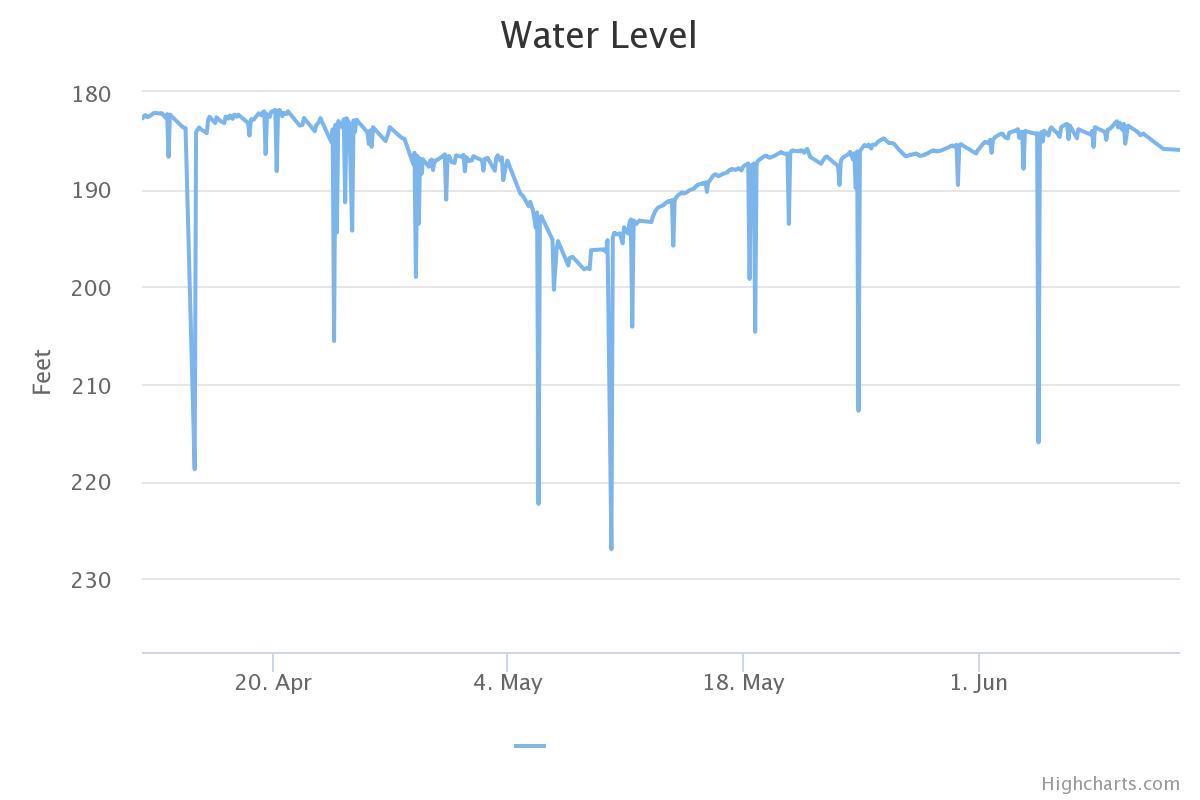Aug. 20, 2020 - Effective Monday, Aug. 24, 2020, Stage 1 Water Restrictions will go into effect for City of Buda water customers in accordance with the City’s adopted Water Resource Management and Drought Response Ordinance. This is due to the lack of consistent precipitation, and higher than normal demands on our water production system. Under Stage 1, twice per week mandatory watering restrictions are now in place. Violation of the ordinance could result in a fine of up to $2,000 per offense and a surcharge on the customer’s utility bill. For more on Stage 1 restrictions and water conservation tips visit: https://www.ci.buda.tx.us/232/Water-Conservation
Official City of Buda website post: https://www.ci.buda.tx.us/CivicAlerts.aspx?AID=1153


